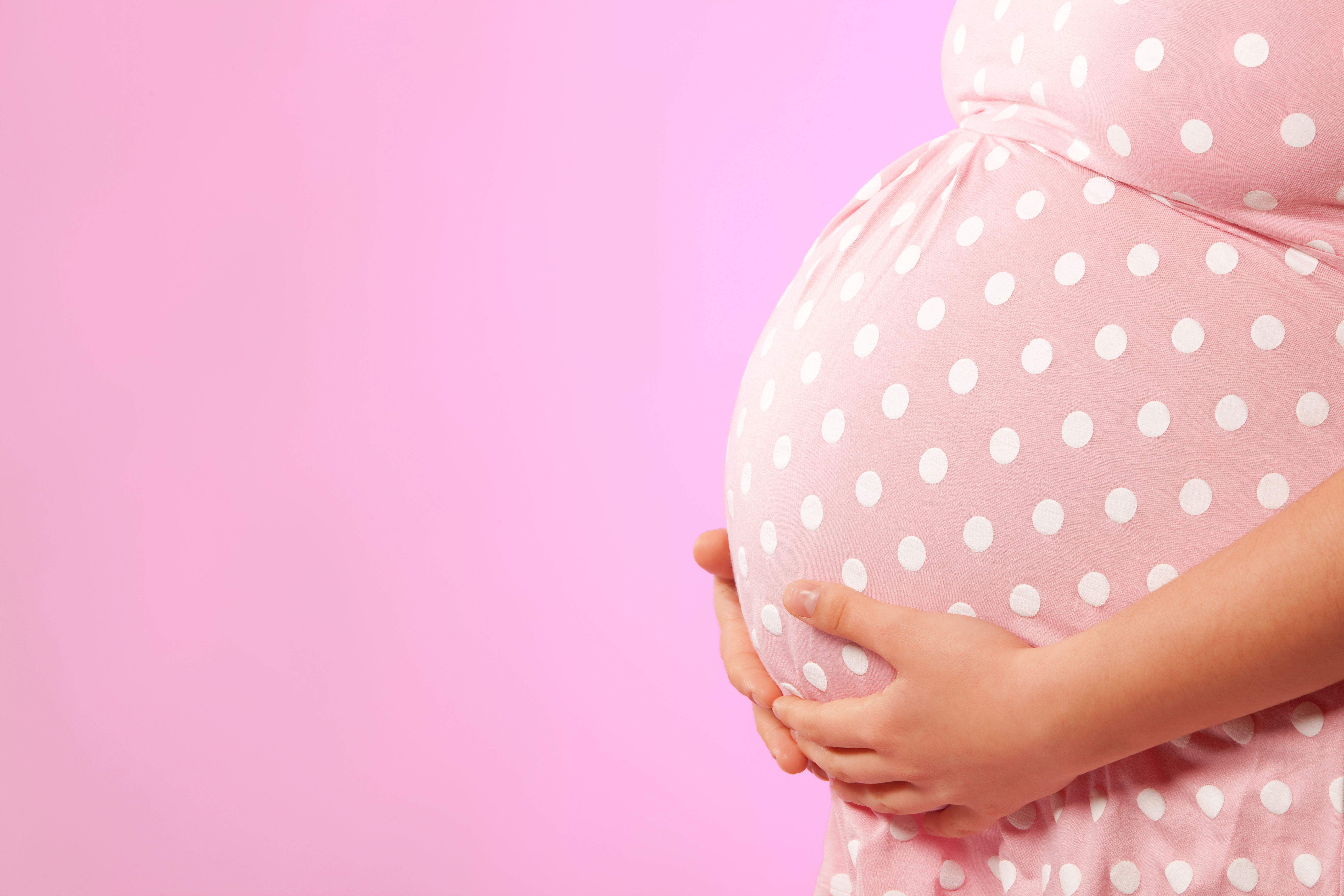What is Pre-eclampsia?
Pre-eclampsia is one of the most common maternal medical complications which generally occurs in the later stages of pregnancy and is diagnosed in between 5 – 10% of all pregnancies in Australia. It is a serious maternal condition which is characterised by swelling of the face, hands and feet in the Mother along with high blood pressure and the presence of protein in urine. If left untreated, Pre-eclampsia can impact many major maternal organs and body functions, including liver, brain, kidneys and blood issues.
What are the risk factors for Pre-eclampsia?
While Doctors are unable to accurately predict all women who will develop Pre-eclampsia, there are a number of factors which can increase a woman’s risk of developing Pre-eclampsia during pregnancy.:
- A family history of Pre-eclampsia
- First Pregnancy
- Women with pre-existing high blood pressure or other vascular conditions or disease
- Women who are already diabetic
- Multiple Pregnancy
What are the symptoms of Pre-eclampsia?
In it’s early stages, there are no obvious symptoms of Pre-eclampsia, which is why attending regular antenatal appointments and having monitoring is vital. Pre-eclampsia may be suspected if a woman presents with a sharp increase in blood pressure and/or protein in her urine.
As Pre-eclampsia develops, the following symptoms may be experienced:
- Headache and dizziness
- Nausea and vomiting
- Visual disturbances such as seeing flashing lights or ‘stars’.
- Abdominal pain generally felt just under the ribs.
If left untreated, Pre-eclampsia can lead to serious complications including, liver and kidney failure, convulsions, blood clotting problems or death.
How is Pre-eclampsia diagnosed?
Ensuring you attend regular antenatal appointments is essential to ensure Pre-eclampsia is detected and monitored as quickly as possible. A diagnosis of Pre-eclampsia is made through the monitoring of your blood pressure and blood and urine test results.
How is Pre-eclampsia treated?
There is no cure for Pre-eclampsia other than delivering your baby. High blood pressure can be managed to an extent through medication and some women will be advised to rest.
Can Pre-eclampsia effect my baby?
Pre-eclampsia is responsible for between 5 – 10% of all premature deliveries in Australia each year. If you develop Pre-eclampsia, the blood flow to the placenta can slow which in turn impacts the delivery of oxygen and other essential nutrients to your baby and in some cases it may be better to deliver your baby early to give them the best chance of survival. Women who are diagnosed with Pre-eclampsia are also more likely to suffer from Placental Abruption which occurs when the placenta separates itself from the uterus resulting in severe abdominal pain and vaginal bleeding – if this occurs you need to seek medical attention immediately.
If you have any concerns about your pregnancy or baby, please speak with your Doctor or Medical Professional.











One thought on “Pre-eclampsia – What You Need to Know”